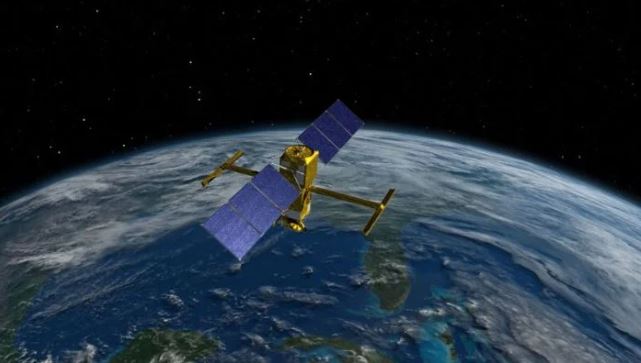
LONDON: A study published in the journal Frontiers in Science reveals that setting aside an additional 1.2% of the world’s land as nature preserves could prevent most predicted plant and animal extinctions, according to Reuters.
This effort would require an investment of approximately $263 billion. This finding comes as part of a broader global initiative to protect 30% of the world’s land by 2030, a goal aimed at mitigating the impacts of climate change, pollution, and habitat destruction on wildlife.
Global policymakers will convene at a United Nations summit in Colombia in October to discuss strategies for achieving this conservation target. The study’s authors, including Carlos Peres, a conservation ecology expert at the University of East Anglia, focused on identifying the highest-value areas for conservation. These areas are crucial for inclusion in global protection plans due to their significance in maintaining biodiversity.
Carlos Peres highlighted a significant gap in global conservation efforts: many countries lack a concrete strategy to meet the 30-by-30 target of protecting 30% of the world by 2030. The current goals are vague about which specific areas should be prioritized for protection.
The study suggests that protecting an additional 1.6 million square kilometers (633,000 square miles) across 16,825 global sites could prevent numerous plant and animal extinctions. This area, about one-fifth the size of the United States, is home to many rare and threatened species. This proposal would be in addition to the nearly 16% of the world already under some level of protection.
The estimated cost of $263 billion to acquire these areas, many of which are privately owned, is projected over the next five years. The urgency is underscored by the increasing costs and challenges associated with securing additional protected areas in the future. While land acquisition constitutes the bulk of this cost, the study did not account for the ongoing expenses of maintaining and policing these reserves.
Tropical forests, being the world’s most biodiverse ecosystems, constitute about three-quarters of the proposed sites. The Philippines, Brazil, and Indonesia collectively host over half of these high-value conservation areas.
Russia, with 138,436 square kilometers (an area the size of Greece), stands out as the country with the largest high-value area for conservation. In Africa, Madagascar and the Democratic Republic of Congo are notable for their substantial high-value conservation areas.
The United States is the only developed nation in the top 30 countries in the analysis, with 0.6% of the proposed sites, covering an area twice the size of Delaware.
The study focused exclusively on land and freshwater ecosystems, excluding oceans, marine protected areas, and invertebrates, as the distribution of many insects and similar animals is not well mapped. Reuters
Please visit our website London Institute of Peace Research for latest peace news


